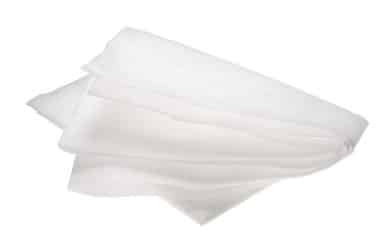In the illuminating article titled “What are nonwovens?” by The Nonwovens Institute, the term “nonwoven” transcends its simple definition of “not woven” or “not knit.” Recognizing the multifaceted nature of nonwoven fabrics, which extend their influence across diverse markets, including medical, apparel, automotive, filtration, construction, geotextiles, and personal protective equipment.
The historical origins of nonwovens, outlined in the prologue of “Introduction to Nonwovens Technology,” trace back to legends and early technological developments. While the precise roots may be unclear, the term “nonwoven fabrics” was officially coined in 1942, marking the beginning of their production in the United States. The American Society for Testing and Materials (ASTM) provided the first written definition in 1962, describing nonwovens as “textile fabrics made of carded web or fiber web held together by adhesives.”
Currently, INDA, the Association of the Nonwoven Fabrics Industry, defines nonwovens as “sheet or web structures bonded together by entangling fibers or filaments (and by perforating films) mechanically, thermally, or chemically.” With a keen understanding of nonwoven technology, companies play a pivotal role in shaping the future of these fabrics.
Technical definitions lay the groundwork for nonwoven processes, but the wide variety of production techniques demands a deeper understanding. Emphasizing the importance of variables and components in nonwoven materials, such as fiber selection, web formation, bonding, and finishing techniques. These elements can be skillfully manipulated to tailor fabric properties or reverse-engineer fabrics based on functional requirements.
Click here to delve into Acme Mills’ innovative textile solutions.
Article with all rights reserved, courtesy of thenonwovensinstitute.com










